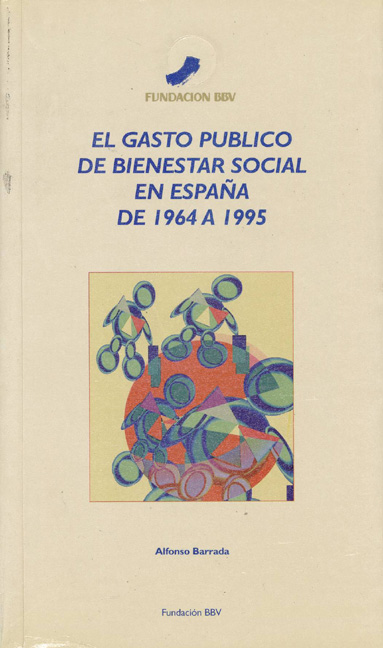
PublicationMonographs
El gasto público de bienestar social en España de 1964 a 1995
The Welfare State was created in Spain in the mid-1960s, when half of public expenditure was already being allocated to social welfare. At that time employment in the industrial sector exceeded for the first time that in agriculture and fisheries. Thirty years later, problems such as the expensive cover provided for the high rate of unemployment; the shortage of residences for the elderly; a low quality education; difficulty in extending healthcare; and fraud and graft (among other factors) have led to some criticism, but this nevertheless does not justify privatization or the dismembering of the Welfare State. As well as assuring social stability and coverage for the weakest members of society, the model benefits the economic system itself by sustaining demand, and by helping to resolve situations of a surplus workforce through providing access to financial assistance and early retirement.
